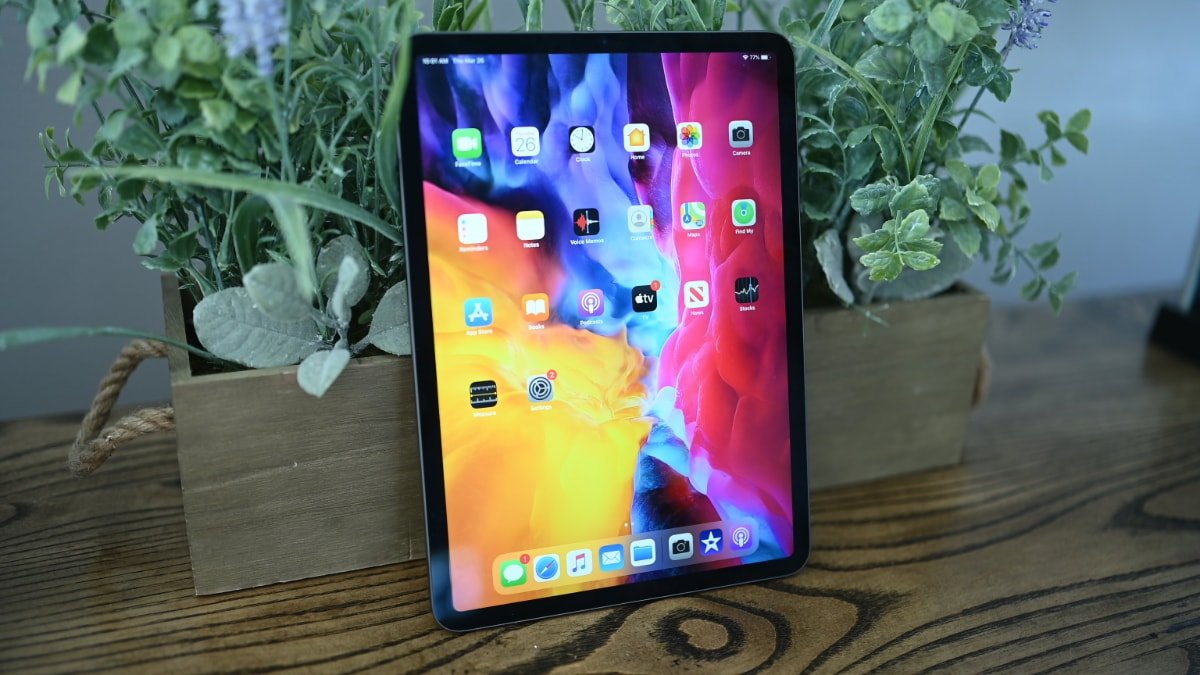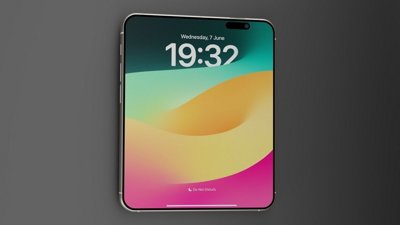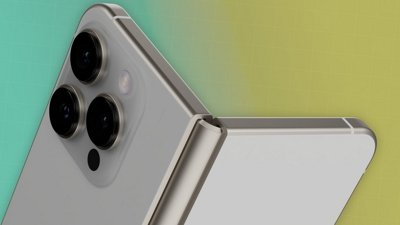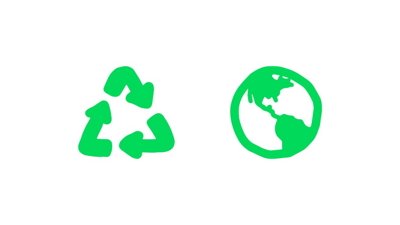Apple has migrated a "feature" from the iPhone to the iPad that results in the loss of Apple Pencil functionality when repaired with third-party parts, tossing a wrench into the Right to Repair movement.
The "serialization" method complicates the process for third parties to substitute components in damaged Apple gadgets effectively. That's because these parts are linked to the device's logic board using special chips. Apple has used the technology with iPhone parts to verify that its smartphones are using verified components.
However, the company has been undergoing the same controversial practice with iPad Pro models. Serialization makes it challenging to use non-genuine Apple parts in the company's products, limiting customers' ability to repair their gadgets in cases where they may not want — or can't afford — genuine Apple components.
According to Forbes, the practice has now been applied to the screens of the fifth and sixth generations of the iPad Pro 12.9-inch, as well as the third and fourth generation 11-inch iPad Pro. A repair expert found that when he repaired a customer's iPad, the Apple Pencil wasn't drawing straight lines after the iPad's display was swapped with a screen from a different iPad.
"We found with the newer versions of the iPad that when you put a new screen on, even if it's taken from another iPad, the pencil strokes don't work perfectly," Ricky Panesar said. "They have a memory chip that sits on the screen that's programmed to only allow the Pencil functionality to work if the screen is connected to the original logic board."
Panesar believes serialization poses a significant issue for consumers. He suggests that Apple is penalizing users by establishing a monopoly, implying that in the future, repairs will have to be exclusively done by Apple.
According to Panesar, the concern is the substantial cost difference between getting repairs from Apple and third-party repair services, which use authentic components from other damaged models. He says the issue currently affects the displays of fifth and sixth-generations of the iPad Pro 12.9-inch and third and fourth-generation 11-inch tablets.
It's likely that Apple's concern around third-party displays revolves around Face ID, a security feature for logging into specific iPhones and iPads. If the device detected a new screen, especially one not authorized by Apple, the Face ID feature would be automatically disabled.
Apple similarly disabled Face ID on third-party screen repairs. It has come around some on this matter, but not entirely.
The company also has a Self Service Repair Program for some of its devices. Apple currently does not offer tools or components for the iPad.
 Andrew Orr
Andrew Orr







-m.jpg)






 Malcolm Owen
Malcolm Owen
 Bon Adamson
Bon Adamson
 Marko Zivkovic
Marko Zivkovic
 Amber Neely
Amber Neely



 Christine McKee
Christine McKee


-m.jpg)






36 Comments
I have no problem with allowing people to use third party parts so long as Apple is not on the hook for problems that result. Fix it yourself or have the vacuum cleaner repair guy take a whack at it, but doing so voids the warranty. Rights regarding repair go both ways.
Here’s the problem: most third-party parts are probably fine and Apple should have no problem with them.
It is possible for third-party parts to compromise security. A replaced fingerprint reader, just as a mild example, could not only send your biometrics elsewhere, but could also conceivably compromise the Secure Enclave.
There is a huge industry in third party repairs, using parts from who knows where. I've used both, and never had a problem. But I worked at an Apple VAR, and we saw many, many people who bought cheap MacBook AC adapters that caught fire, or shorted out their logic boards. Caveat emptor.
The only culpability Apple has in this matter is their expensive repair price structure. It's a bit like going to your local mechanic instead of your car dealer for an oil change.